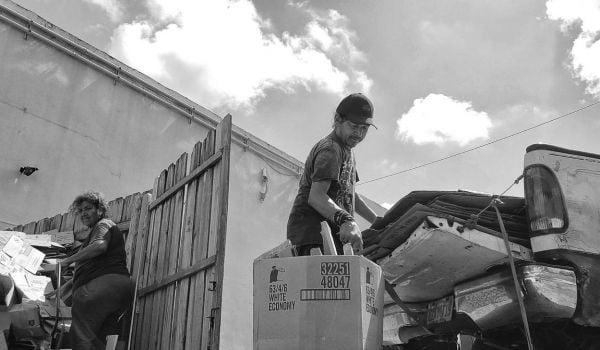The Southern Intermountain West encompasses Arizona, Colorado, Nevada, New Mexico and Utah, a massive region facing a considerable population boom and a rapidly evolving economy, neither of which are expected to slow down in the next few decades. According to the report, the Mountain megas’ population and job base could very well double by 2040, a rate that will drastically outpace the rest of the country.
The report concludes that growth in the region will have “tremendous implications for the built environment and regional construction activity,” estimating that the current housing stock will need to be nearly doubled and non-residential space would need to increased by a total of 9.4 billion square feet. Future expenditures for this alone would push well into the trillions of dollars.
Geography will also continue to play a key role in the development of the region. Because the federal government remains the region’s principal landowner, the policies that govern these areas have significant impact on what is leftover. With much of the densely populated areas tucked neatly inside mountain ranges or sprung up from deserts, a number of quality of life issues have sprung up that need addressing: access to public transportation, reducing automobile dependence, and improving urban spaces. All of these concerns, of course, pale in comparison to the most critical issue facing the West: water management. As development continues throughout the West, water access and management may very well determine whether this current boom can be sustained.
In order to face these issues head-on, the report calls for a “new federal-state-mega partnership that will allow the region’s pivotal megapolitan areas to surmount their common challenges and assert their leadership in the nation and the world.”
One of the major challenges mentioned in the report is the lack of interconnectivity between Western cites, calling for drastic improvements in highway, railway and airway infrastructures that would require a substantial level of cooperation between local, state and federal governments – and not to mention, a substantial amount of public funding.
The megaregion’s considerable immigrant population also creates a number of unique concerns, the solutions to which would hinge on the creation and efficient functioning of this proposed partnership. The report calls for “balanced, comprehensive, and effective immigration form,” federal compensation for state and local municipalities whose public services have been overburdened by immigrant populations, and “research and development on immigrant education.”
With housing, energy and economic policy on the docket in Washington in recent months, issues surrounding immigration reform, sustainable development and regional growth have fallen to the wayside on the campaign trail. Some of the report’s loftier goals depend heavily on political willpower that may not presently exist on the scale necessary to achieve them, and much could very well hinge on the new administration.
The report proves that not all is quiet on the Southern Intermountain Western front. In fact, there is much to talk about that has an impact across the country and will continue to have an impact for decades to come. But even though one presidential candidate hails from the region, and the other candidate established his career in the Midwest – the same region the report claims has been replaced by the Intermountain West in terms of its political and economic significance – the relative silence over the issues highlighted in the report should be concerning.
Not to be outdone, the report issues this challenge:
With the Intermountain States West increasingly central to national affairs, Washington should look West and seek to craft with Mountain mega leaders a supportive new partnership that matches the size and promise of the nation’s news urban spaces.
Will the appropriate agencies respond, and in unison?




_600_350_80_s_c1.jpg)










